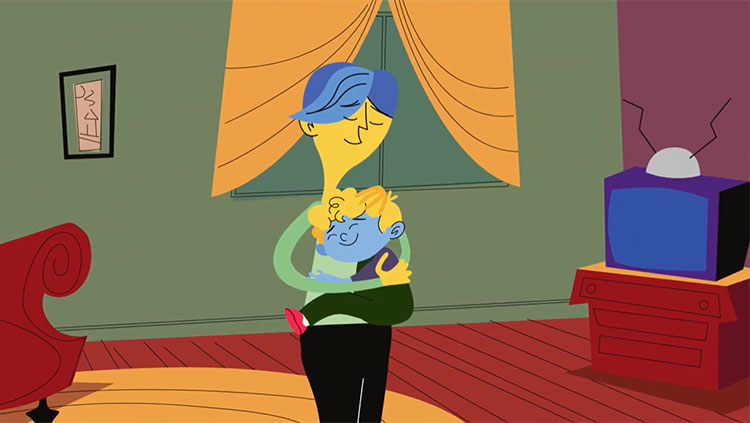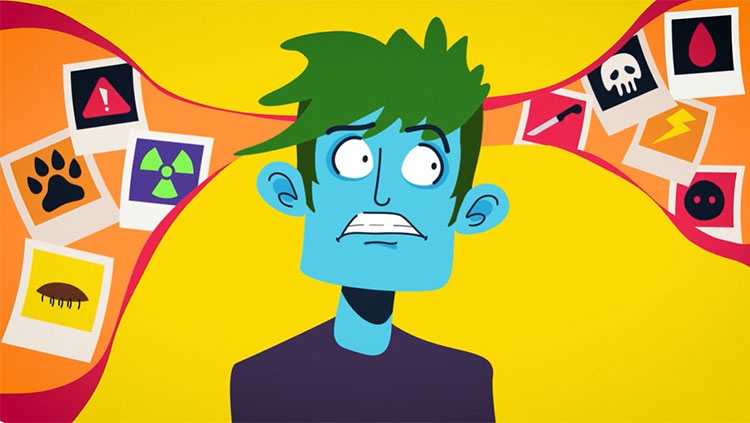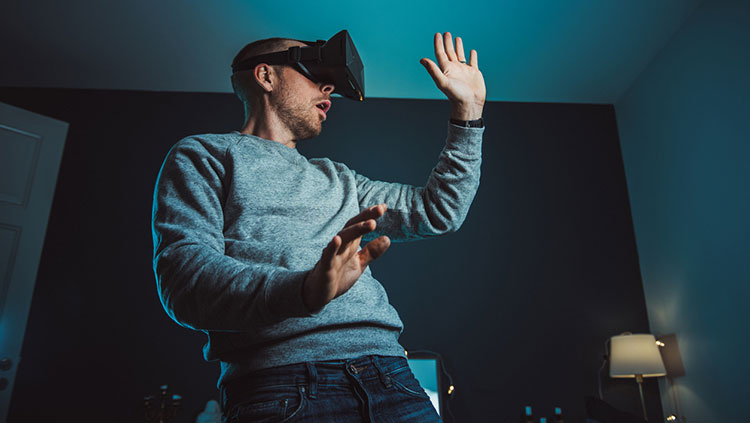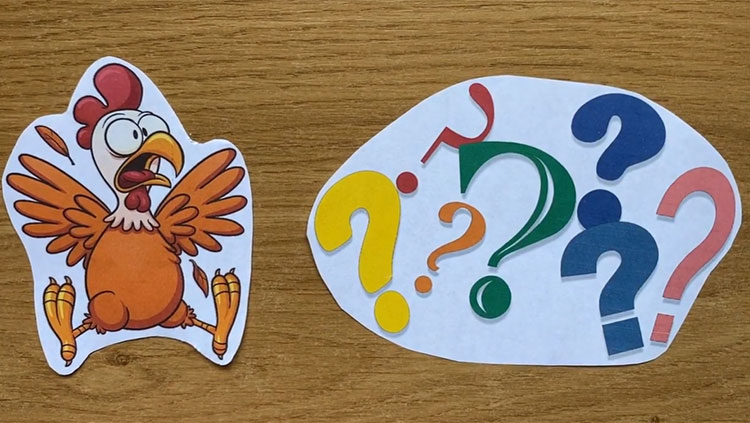The Root of Fear and Anxiety
- Published7 Nov 2016
- Reviewed7 Nov 2016
- Author Alexis Wnuk
- Source BrainFacts/SfN
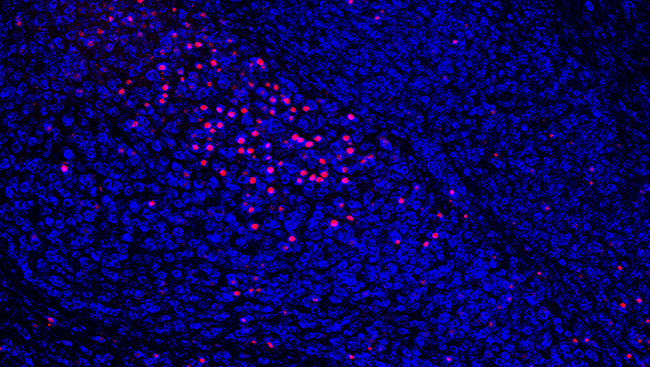
Whether it’s clowns, air travel, or public speaking, mostly we learn to be afraid. Even so, our brains are hardwired for fear — it helps us identify and avoid threats to our safety.
The key node in our fear wiring is the amygdala, a paired, almond-shaped structure deep within the brain involved in emotion and memory. This image shows a cross-section of the amygdala of a young mouse, with individual neurons stained in blue. Prior to staining, the mouse completed an anxiety-provoking task which activated a small group of neurons (pink dots). Studying how the amygdala develops helps scientists understand the neural underpinnings of fear, as well as what goes wrong in anxiety disorders and phobias.
CONTENT PROVIDED BY
BrainFacts/SfN
Also In Emotions, Stress & Anxiety
Trending
Popular articles on BrainFacts.org



